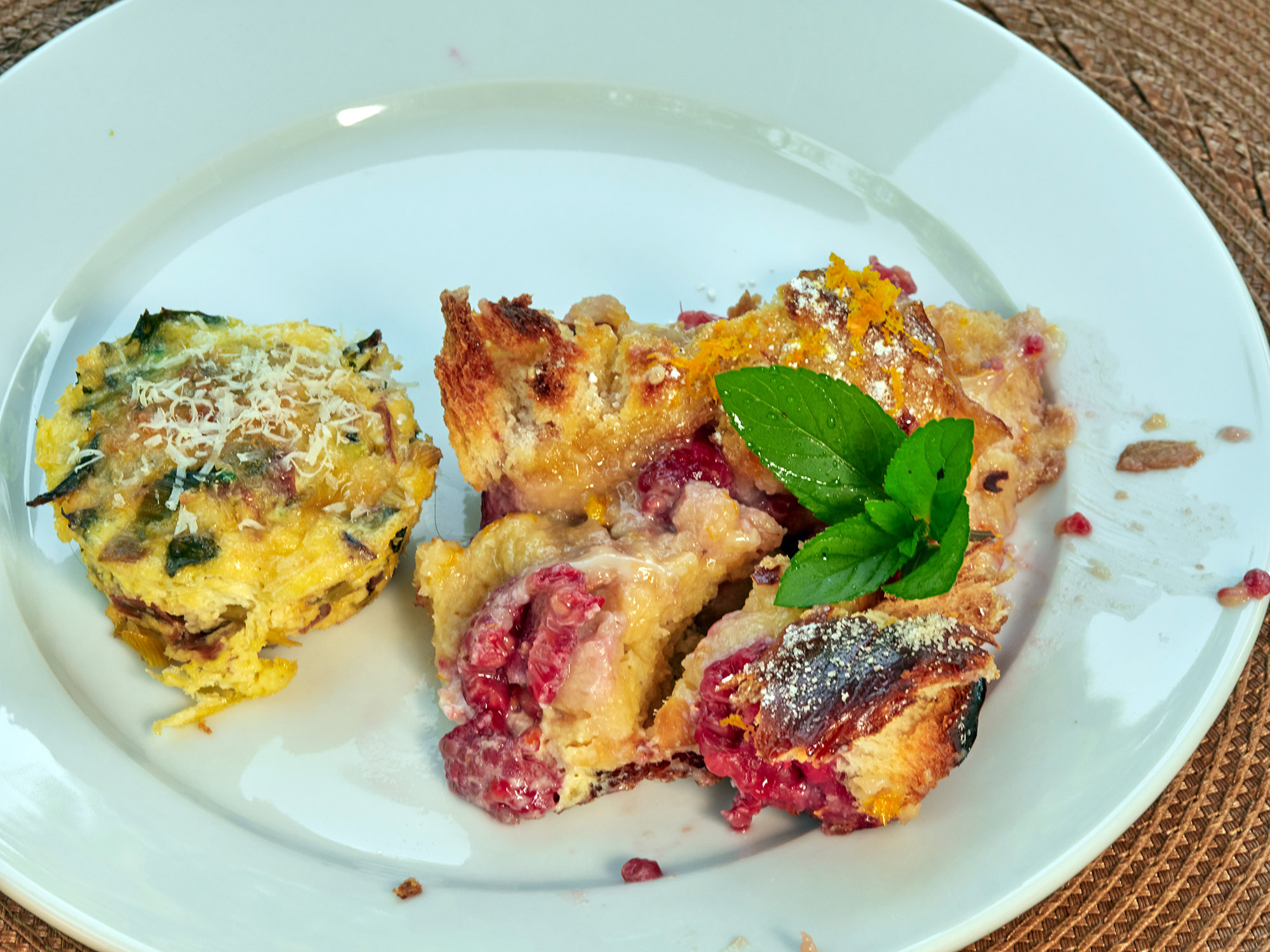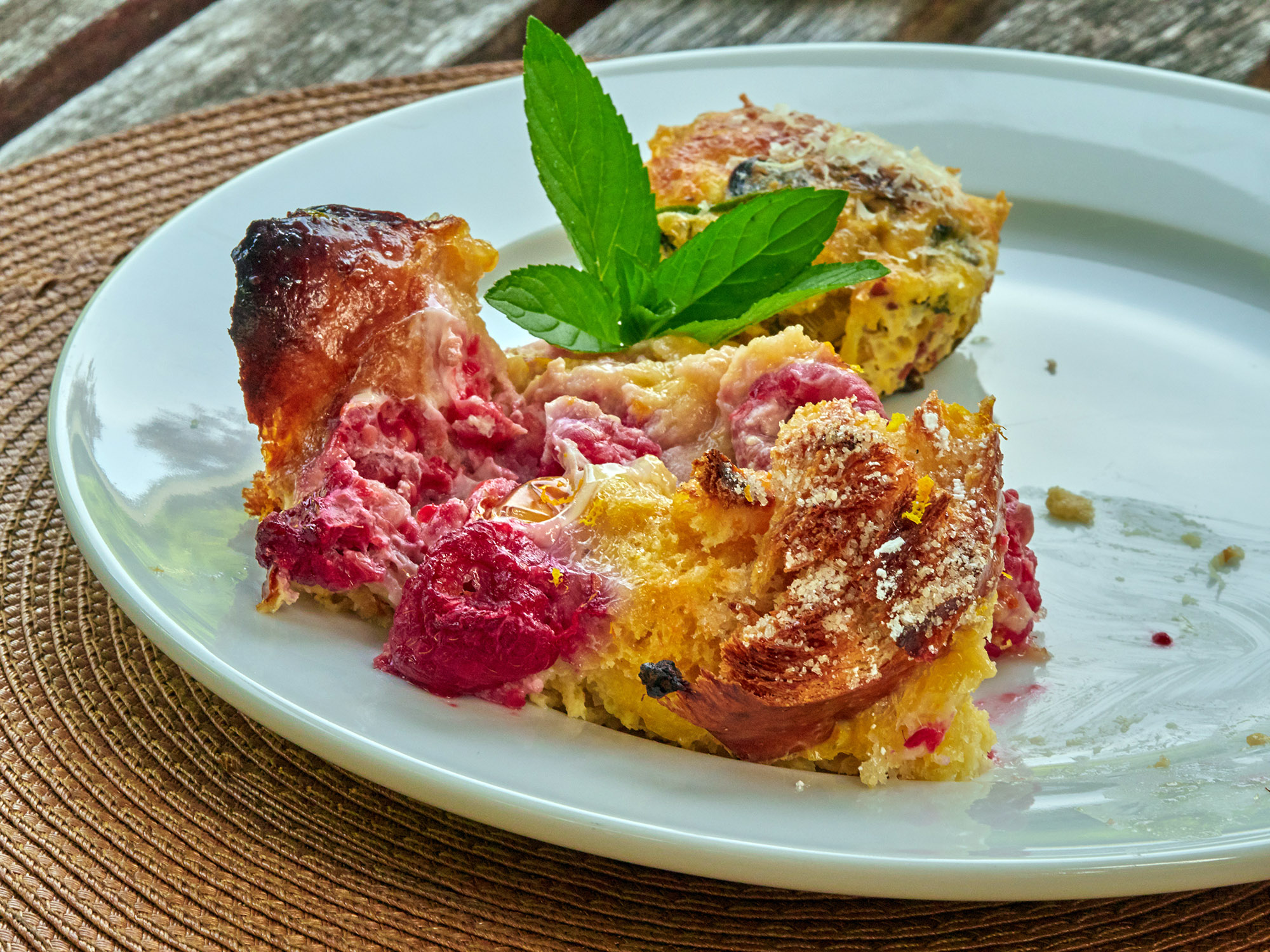Kelley Beaucar Vlahos:
Jonathan Guyer, managing editor of The American Prospect, has an unbelievably well-reported piece on the making of a Washington national security consultancy, starring two high placed Obama-era officials and one of the Imperial City’s more successful denizens—Michele Flournoy.
Flournoy may not be a household name anywhere but the Beltway, but when she met Sergio Aguirre and Nitin Chadda (Chiefs of staff to UN Ambassador Samantha Power and Secretary of Defense Ash Carter respectively) she was already trading lucratively on her stints in two Democratic administrations. In fact, according to Guyer, by 2017 she was pulling nearly a half a million dollars a year a year wearing a number of hats: senior advisor for Boston Consulting Group (where she helped increase their defense contracts to $32 million by 2016), founder and CEO of the Democratic leaning Center for a New American Security, senior fellow at Harvard’s Belfer Center, and a member of various corporate boards.
Hungry to get their own consulting business going after Hillary Clinton’s stunning loss in 2016, according to Guyer, Aguirre and Chadda approached Flournoy for her starpower inside the Blob. Flournoy did not want “to have a firm with her name on it alone,” so they sought and added Tony Blinken, former Under Secretary of State and “right hand man” to Joe Biden for 20 years. WestExec Advisors, named after the street alongside the West Wing of the White House, was born. “The name WestExec Advisors trades on its founders’ recent knowledge of the highest echelons of decision-making,” writes Guyer. “It also suggests they’ll be walking down WestExec toward 1600 Pennsylvania Avenue someday soon.”
Soon the firm was raking in corporate contracts and the high sums that go with it. They weren’t lobbying per se (wink, wink) but their names and connections provided the grease on the skids their clients needed to make things happen in Washington. They shrewdly partnered with a private equity group and a Google affiliate. Before long, Guyer says, they did not need to market: CEO’s were telling other CEO’s to give them a call. More:
The founders told executives they would share their “passion” for helping new companies navigate the complex bureaucracy of winning Pentagon contracts. They told giant defense contractors how to explain cutting-edge technologies to visitors from Congress. Their approach worked, and clients began to sign up.
One was an airline, another a global transportation company, a third a company that makes drones that can almost instantly scan an entire building’s interior. WestExec would only divulge that it began working with “Fortune 100 types,” including large U.S. tech; financial services, including global-asset managers; aerospace and defense; emerging U.S. tech; and nonprofits.
The Prospect can confirm that one of those clients is the Israeli artificial-intelligence company Windward.
To say that the Flournoy helped WestExec establish itself as one of the most successful of the Beltway’s defense and national security consultancies is an understatement. For sure, Flournoy has often been underestimated—she is not flamboyant, nor glamorous, and is absolutely unrecognizable outside of the Washington market because she doesn’t do media (though she is popular on the think tank conference circuit). She’s a technocrat—smart and efficient and highly bred for Washington’s finely tuned managerial class. She is a courtier for sure, but she is no sop. She has staying power, quietly forging relationships with the right people and not trying too hard to make a name or express ideas that might conflict with doctrine. She no doubt learned much in two stints in the Pentagon, which typically chews up the less capable, greedier, more narcissistic neophytes (not to mention idealists). She’s not exactly known as a visionary, however, and one has to wonder which hat she is wearing when she expounds on current defense threats, like this piece about beefing up the Pentagon budget to confront China.




